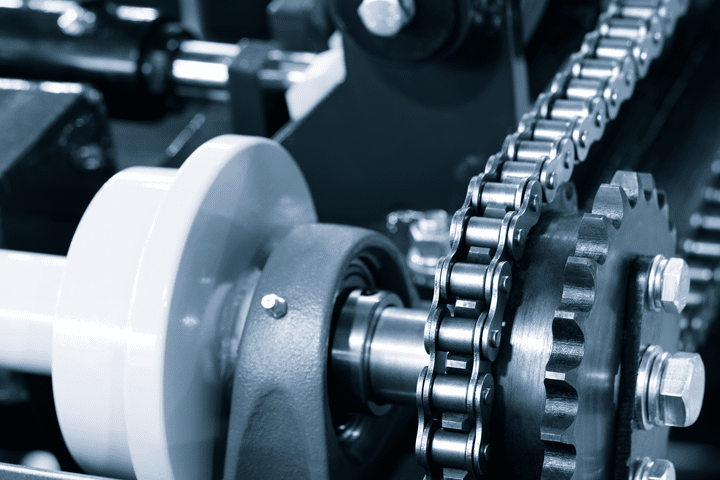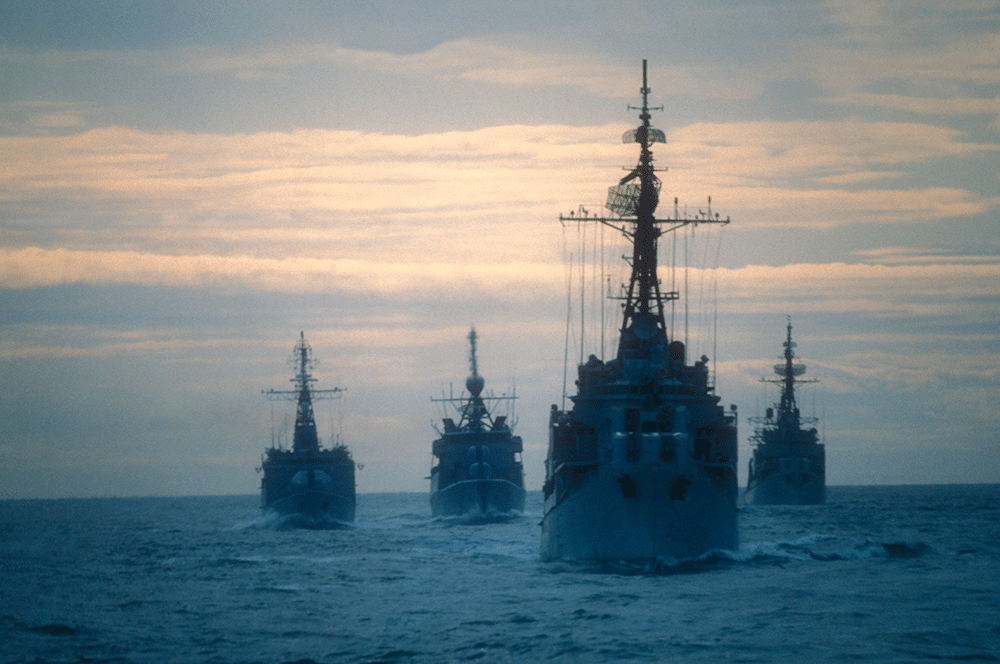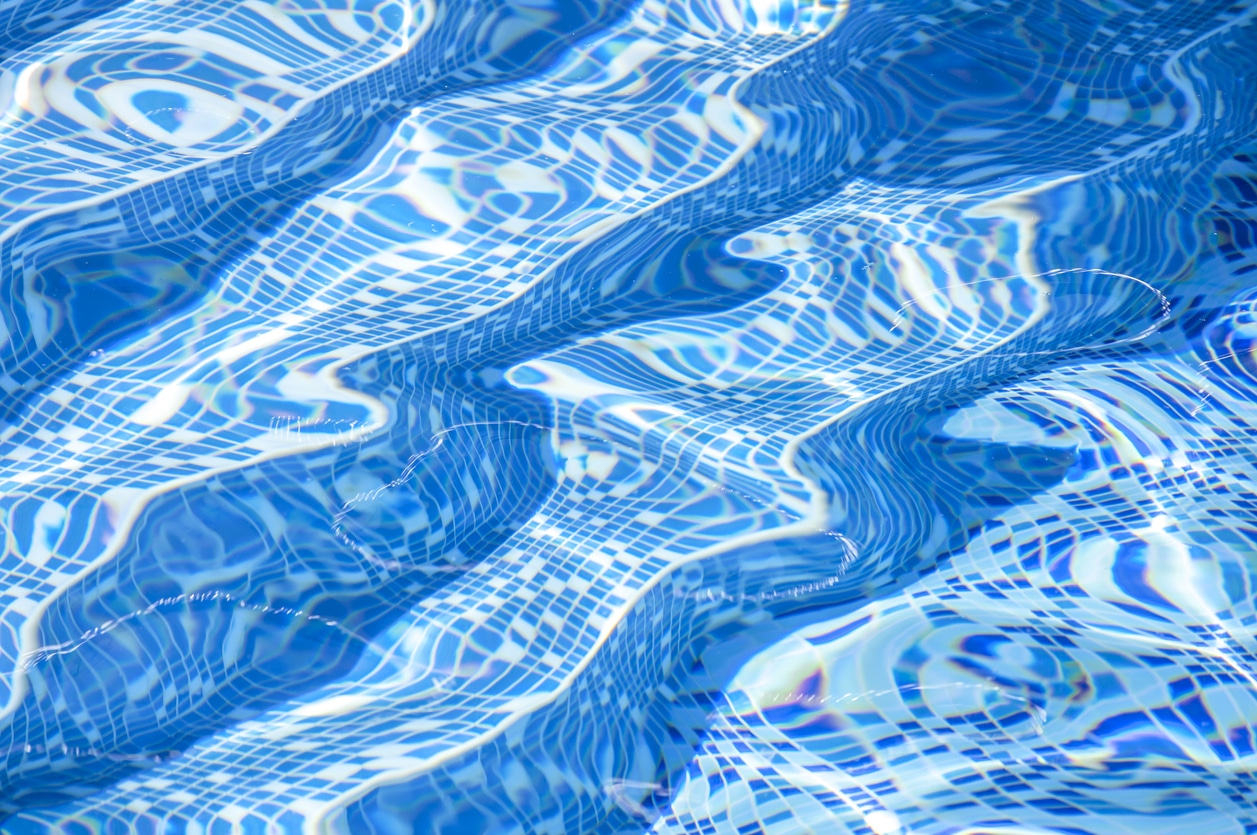Photolithography is a microfabrication process that uses light to etch geometric patterns onto a substrate – most often, a silicon wafer. This method inscribes the extremely small patterns of circuits which form the transistors and capacitors powering our electronic devices. Advances in photolithography have played a significant role in the miniaturization of next-generation electronics. As the industry evolves under the demand to create ever-smaller patterns, advances in fluorochemistry have enabled the latest generation of lithography known as immersion photolithography to progress semiconductor fabrication solutions. The engineers and scientists at Halocarbon Electronics Solutions (HES) have developed a broad range of high-purity electronics grade monomers, monomer precursors, and other specialty fluorochemicals for use in immersion photolithography.
What is Immersion Photolithography?
In response to Moore’s Law, chip manufacturers have historically relied on decreasing the wavelength of patterning light to enable better resolution. That approach stalled at 193 nm such that the industry needed a new technique for finer features. Immersion photolithography is that enhanced lithography technique where the gap between the lens and the photoresist, which was previously occupied by air, is now filled with water. The introduction of water to act as the final lensing element functions because the refractive index of water is higher than air, enabling more precise patterning and an increased depth of focus. With water’s refractive index of 1.44 compared to 1.0 for air, immersion photolithography directly increases the resolution to achieve feature sizes of less than 45 nanometers. These enhancements produce 30-40% better resolution in highly-miniaturized semiconductors which are the bedrock memory and logic chips on all modern personal electronics.
Fluorochemistry: Enabling Immersion Photolithography
Immersion photolithography was capable of producing fine patterns but new challenges emerged—specifically how to control the interactions of water with the photoresist surface. Fluorinated monomers solved these problems by providing access to smart polymers with switchable surface energy modulation, thus enabling high water contact angles needed during patterning while simultaneously exhibiting good dissolution behavior in the standard basic developer solutions. Moreover, they are also highly transparent at the 193 nm patterning wavelength so that these additive materials do interfere with the photoresist functionalities.
HES formulates high-quality hexafluoroisopropyl (HFIP) monomers and monomer precursors to increase the hydrophobicity of the photoresist coating. The fluorinated monomers are used as Topcoats, Top Antireflective Coatings (TARCs) as well as in topcoat-free fluorinated photoresists. The application of these high-purity, fluorochemical materials results in decreased bubble defects, increased scanning speeds, and the reduction of water ingress in sophisticated semiconductor fabrication. We are devoted to elevating and expanding our expertise in HFIP chemistry and partnering with leading manufacturers of photolithography materials to create the next breakthroughs in semiconductor miniaturization.
Halocarbon Electronics Solutions is a leading supplier of HFIP derivatives for next-generation, semiconductor fabrication to support and enhance the design of semiconductor miniaturization. Looking to learn more? Contact our sales manager for more information on our HFIP solutions.





Leave a Reply